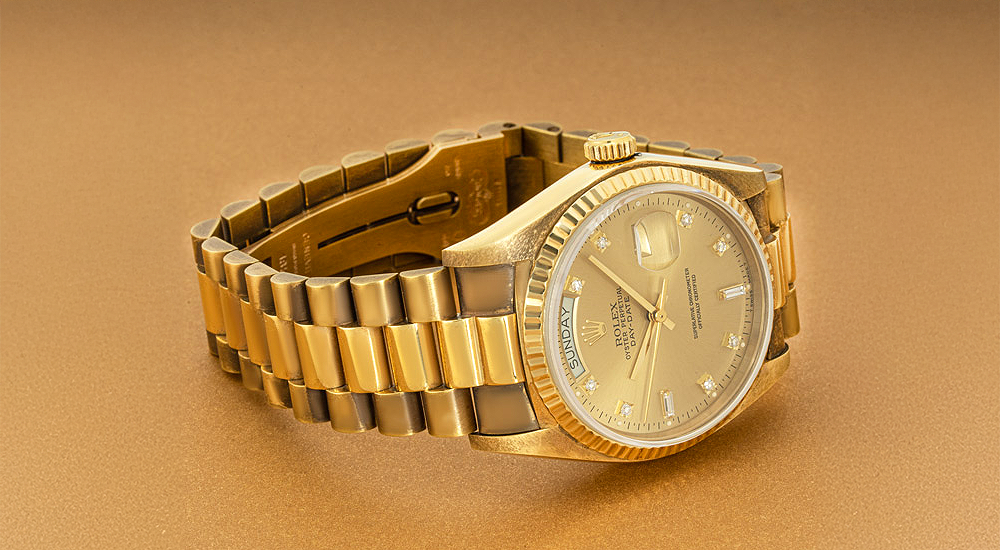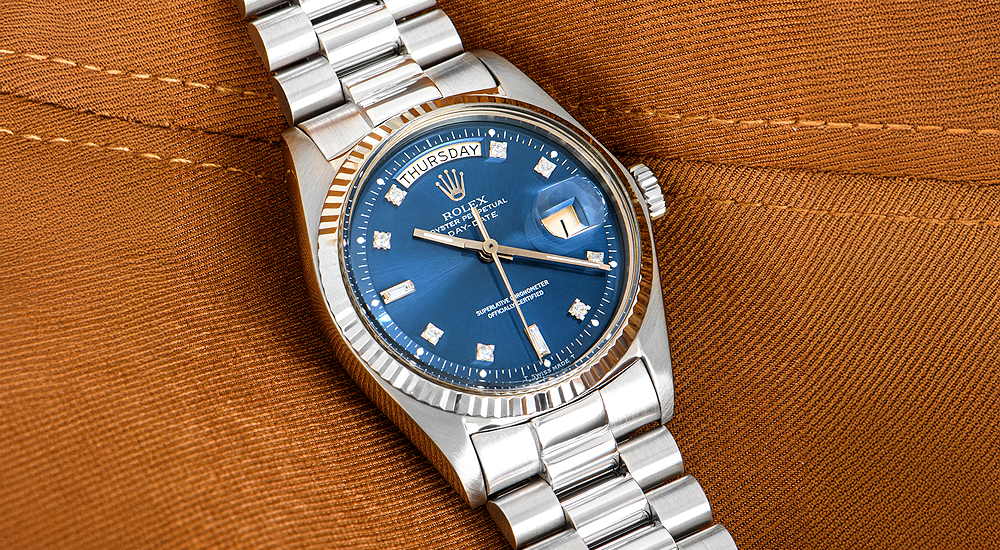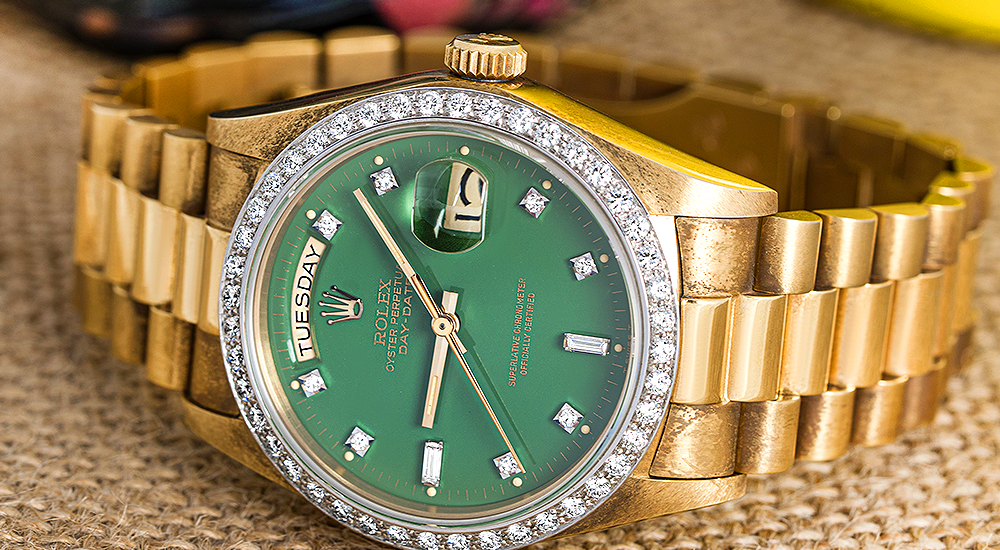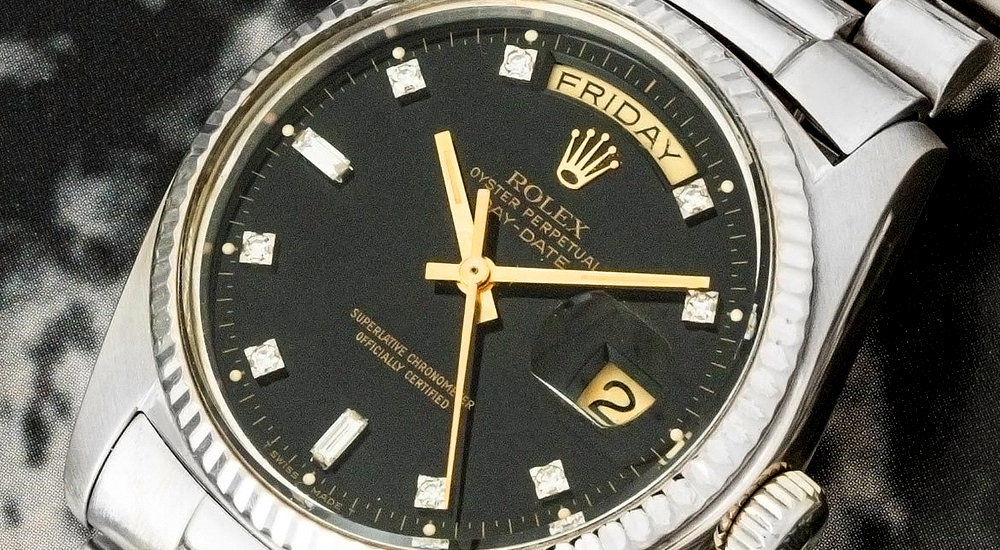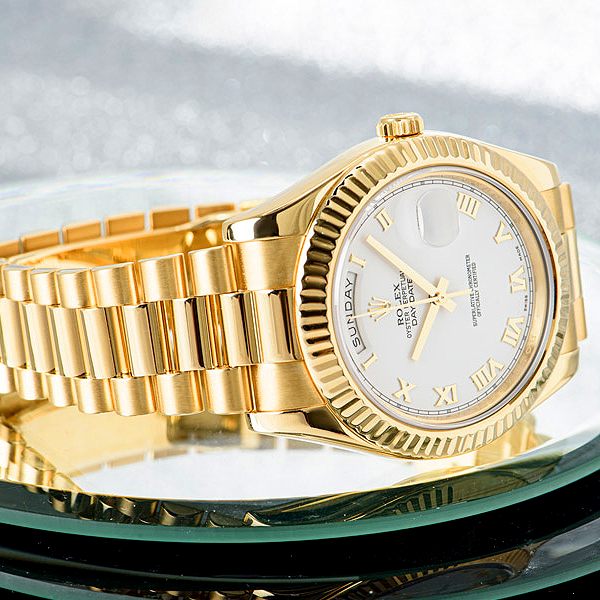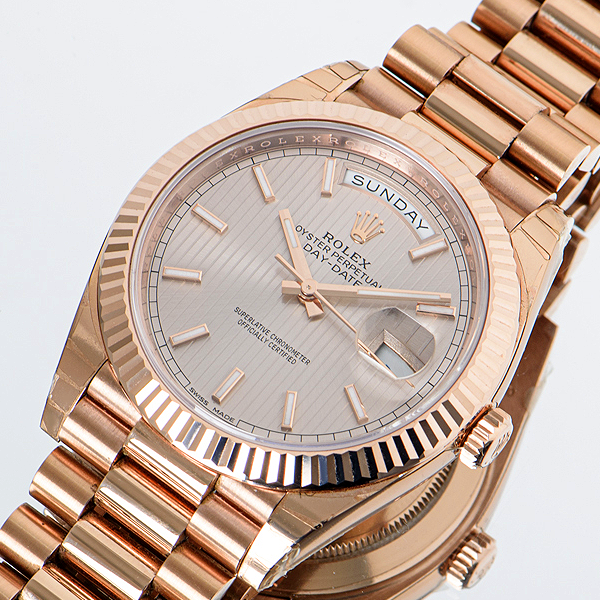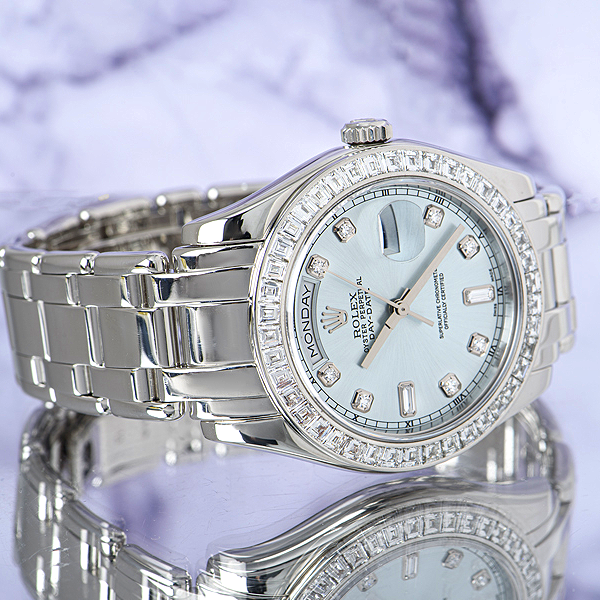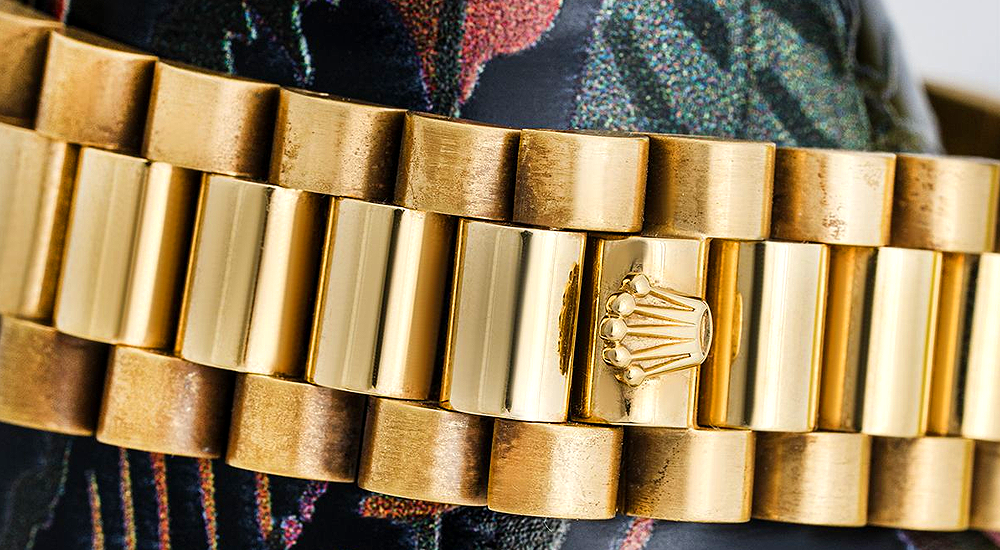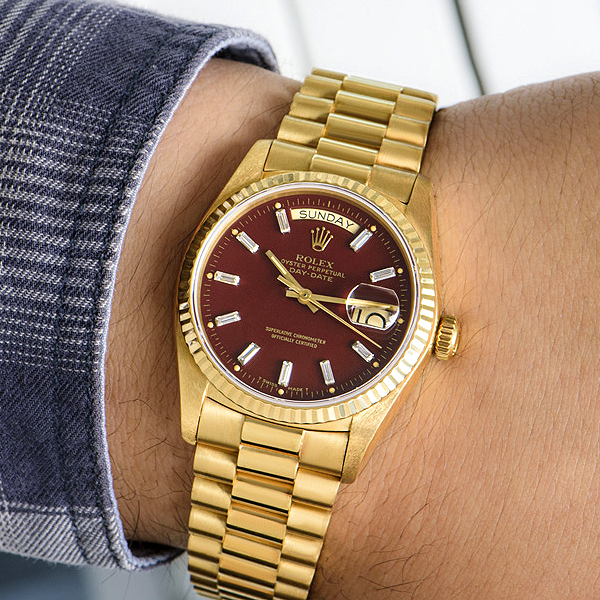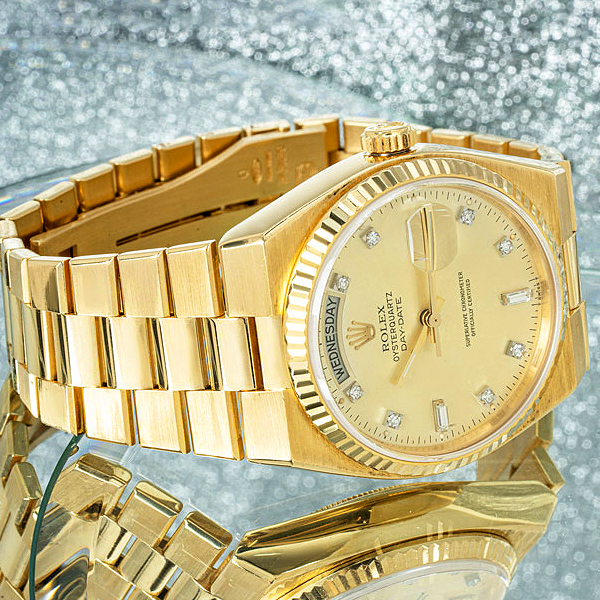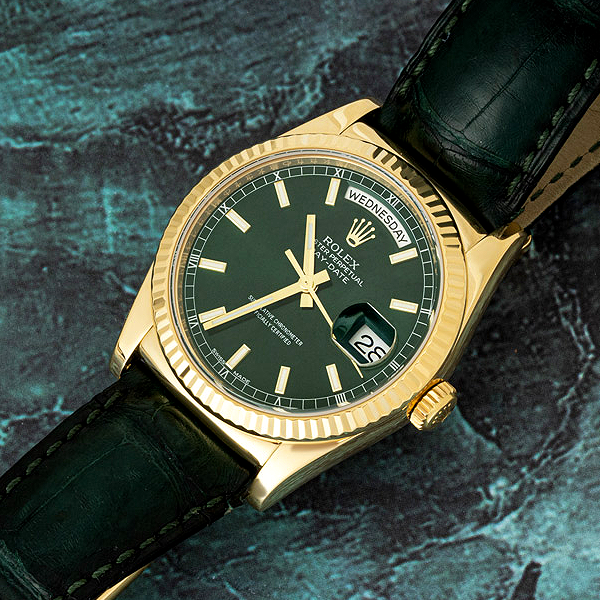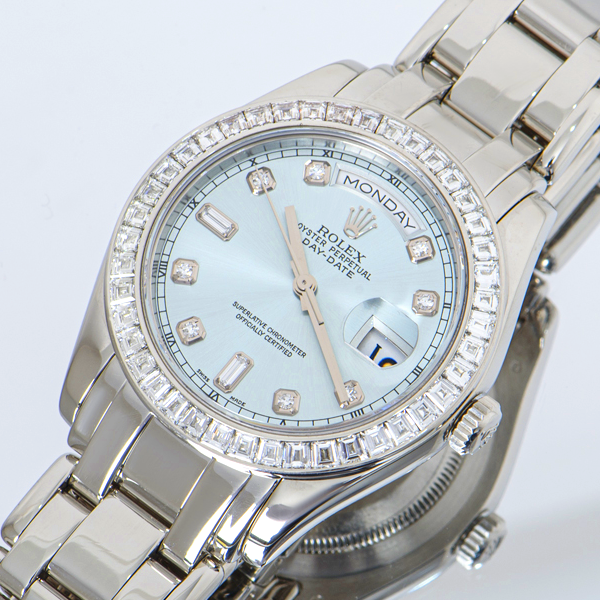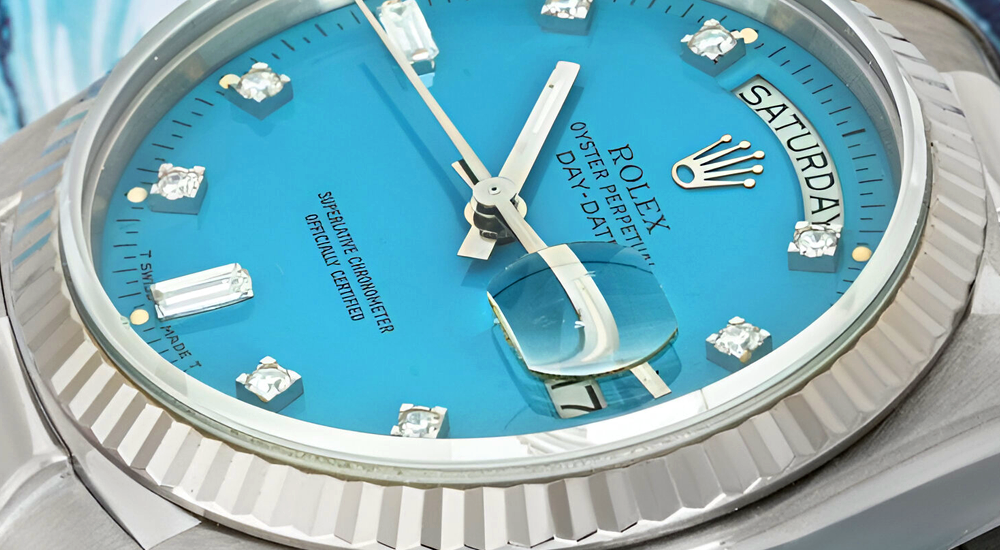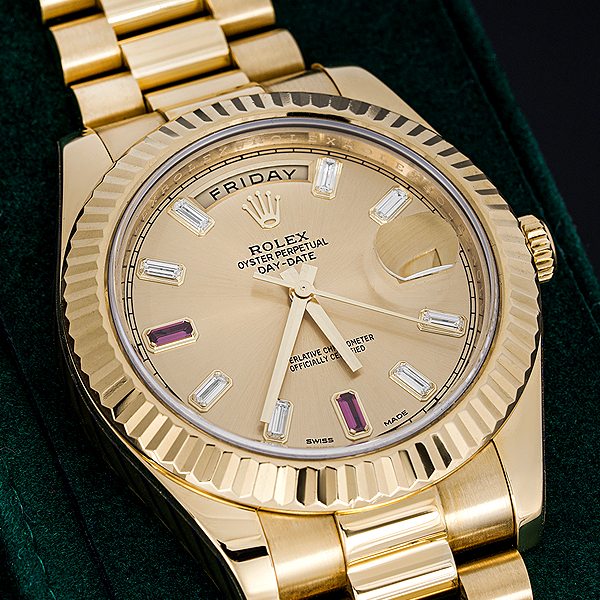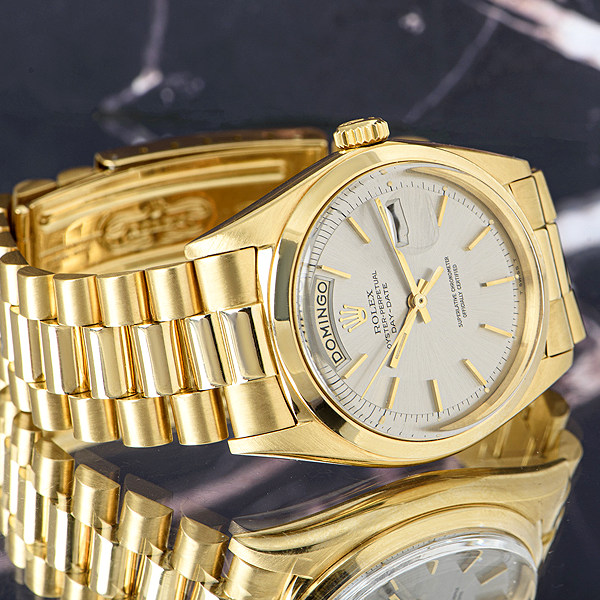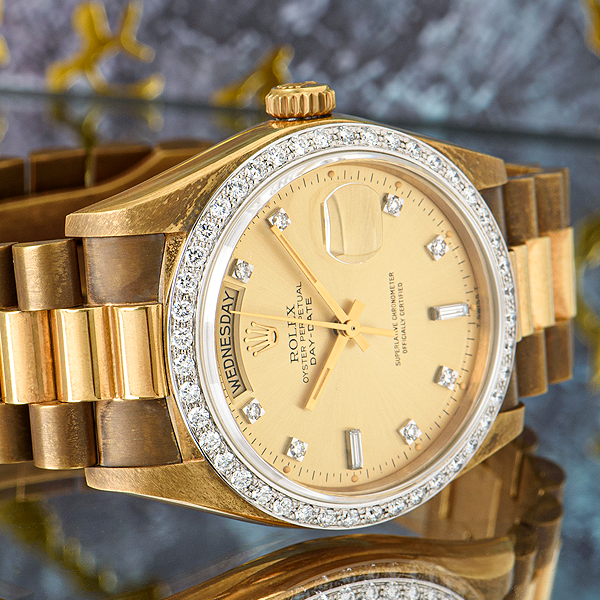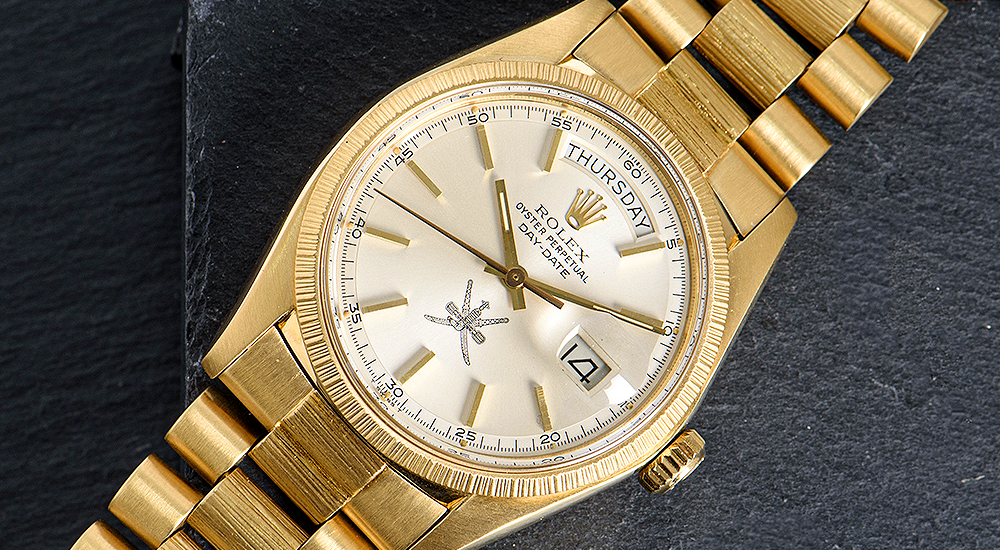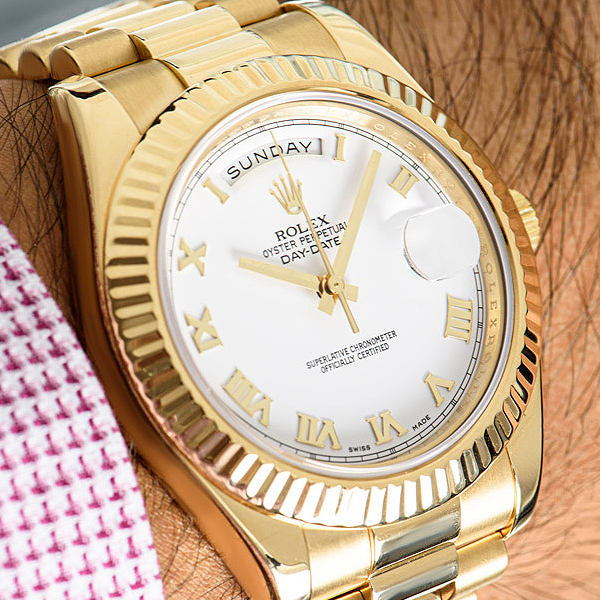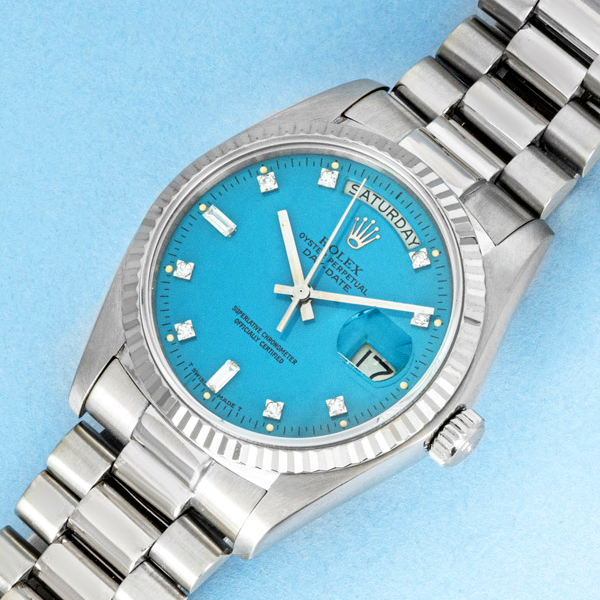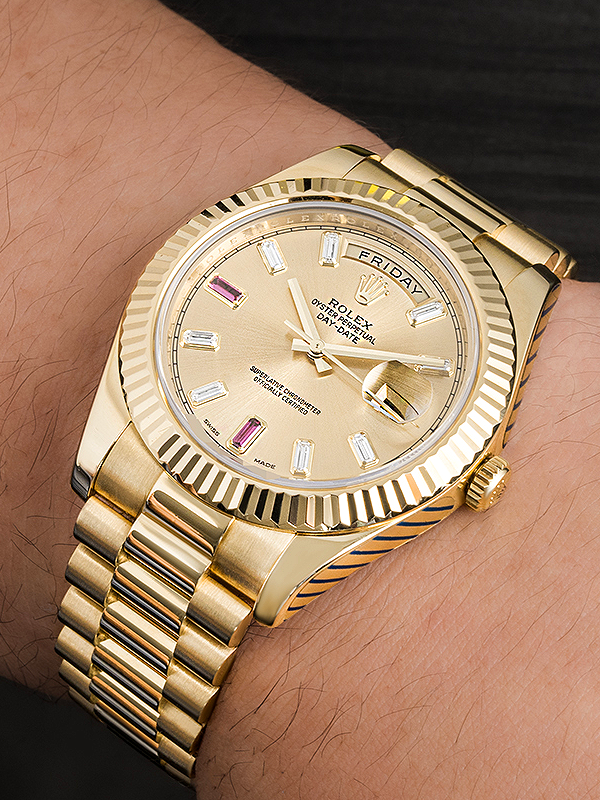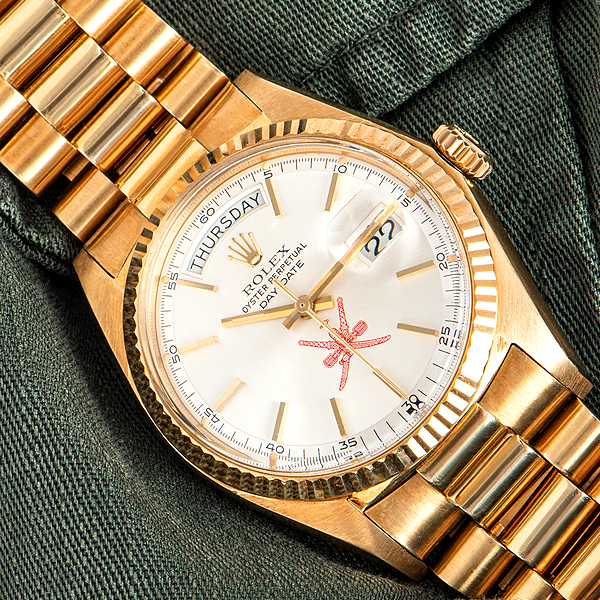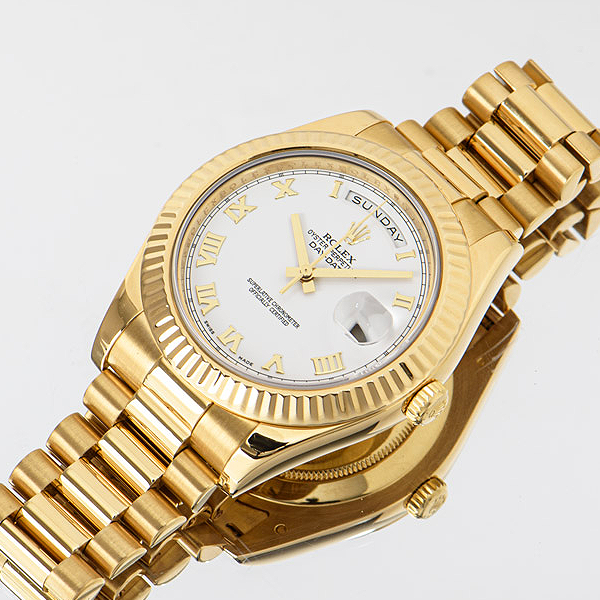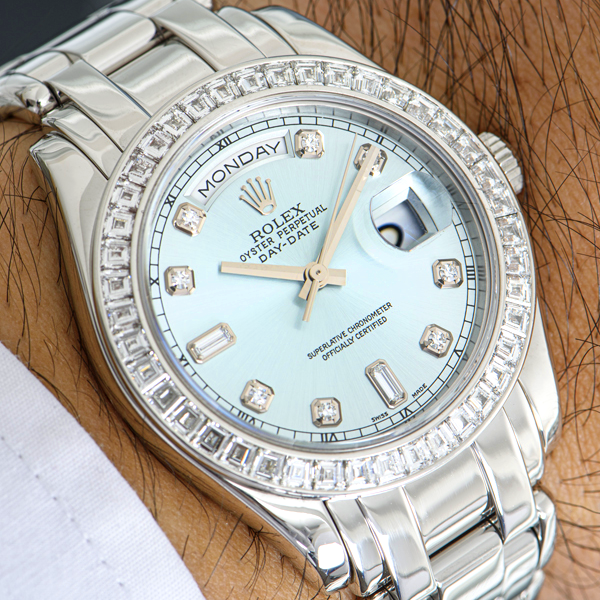We use cookies to make your experience better. To comply with the new e-Privacy directive, we need to ask for your consent to set the cookies. Learn more
- New Arrivals
-
Brands
- Popular Brands
- Patek Philippe
- Rolex
- Audemars Piguet
- Cartier
- Vacheron Constantin
- Chopard
- Piaget
- A-Z Brands
- Arnold & Son
- Audemars Piguet
- Breguet
- Breitling
- Bvlgari
- Cartier
- Chopard
- Clocks
- De Grisogono
- Girard Perregaux
- Hermes
- Hublot
- IWC
- Jaeger LeCoultre
- L Aiglon
- Longines
- Miscellaneous
- Omega
- Patek Philippe
- Panerai
- Piaget
- Rolex
- Roger Dubuis
- Sinn
- Tissot
- Tudor
- Ulysse Nardin
- Vacheron Constantin
- Zenith
-
Men's Watches
- Popular Brands
- Patek Philippe
- Rolex
- Audemars Piguet
- Cartier
- Vacheron Constantin
- A-Z Brands
- Audemars Piguet
- Breguet
- Breitling
- Cartier
- Chopard
- Girard Perregaux
- Hermes
- IWC
- Jaeger LeCoultre
- Longines
- Miscellaneous
- Omega
- Panerai
- Patek Philippe
- Piaget
- Rare Watches
- Roger Dubuis
- Rolex
- Ulysse Nardin
- Vacheron Constantin
- Zenith
- Full Hunter
- J.W. Benson
- Tudor
- Gerald Genta
- W. EHRHARDT
- Dent
- Sinn
- Women's Watches
-
Pocket Watches
- A-Z Brands
- Audemars Piguet
- Cartier
- IWC
- Jaeger LeCoultre
- Piaget
- Patek Philippe
- Rolex
- Vacheron Constantin
- Auguste Berthoud
- Ad Lang Et Padoux Geneve
- Asprey
- Army & Navy
- A. Huguenin & Sons
- Breguet et Fils
- Baume Swiss
- Charles Frodsham
- Comor
- Dent
- Des Granges
- F. Rotig Havre
- Fernando Wehrle Barcelona
- Gabriel
- Hampden Watch Company
- Henry Capt
- Hermes
- Huguenin Berthoud
- John Cashmore
- Jules Jurgensen
- J.W. BENSON
- Klaftenberger
- L Aiglon
- LeCoultre
- Le Phare
- Le Roy & Fils
- Leroy & Fils
- Longines
- Louis Audemars
- Movado
- Molle Genève
- Onesime Dumas
- Peter Desmarais
- ROTHERHAM & SONS
- Recordon
- S. SMITH & SON
- Schwab Loeillet
- Sandoz
- Stauffer & Co
- Thomas Russell & Son Liverpool
- Tavannes Watch Company
- Ulysse Nardin
- Verge
- Volta
- Vulcain
- Waltham
- W. Ehrhardt
- Zenith
- Eugene Bornand & Cie
- Archives
- Sell your watch
- JEWELLERY






